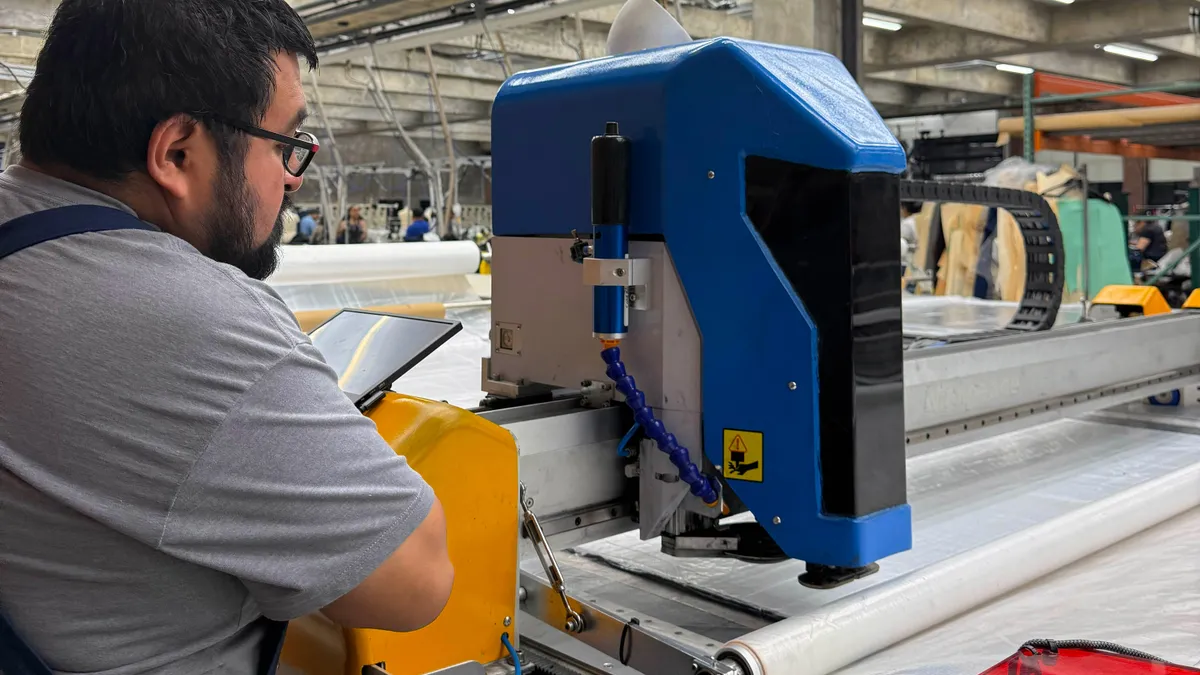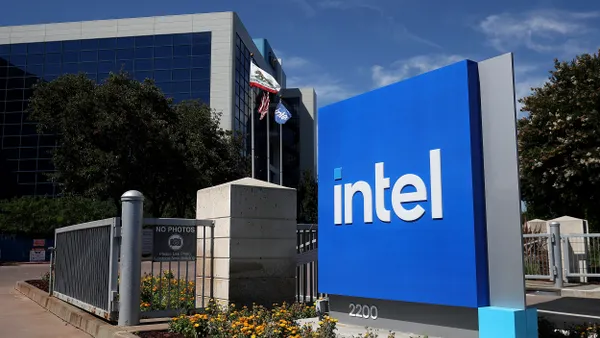As electrification efforts expand across nearly every sector of the U.S. economy, manufacturers risk being left behind. Demand from data centers and transportation is surging, introducing competition for reliable power and, in some cases, massive cost increases. Meanwhile, aging power plants are being retired faster than new resources can be brought online. In addition to volatile electricity prices, manufacturers now must contend with long wait times for new grid connections and growing exposure to extreme weather-related outages.
To stay competitive, manufacturers are rethinking how they reliably and affordably power their operations. Fuel cells offer a compelling solution: a resilient, cost-effective and cleaner on-site power generation solution that bypasses many of today’s grid constraints.
The grid is stressed, and manufacturers are feeling it
Here are five key challenges confronting manufacturers as they attempt to secure the reliable, affordable electricity they need:
1. Surging demand. U.S. electricity demand will increase by 15.8% by 2029, experts predict, fueled largely by the explosion of artificial intelligence (AI) infrastructure. AI data centers require hundreds of megawatts of power — 10 to 20 times the amount needed for an average manufacturing facility. Transportation electrification, including the increased adoption of light-, medium and heavy-duty EVs in the coming years, will also drive growth in demand. As manufacturers on-shore and expand their domestic production, they will increasingly compete with these power-intensive sectors for limited power generation capacity.
2. Generation retirements. The Energy Information Agency (EIA) forecasts that more than 12 GW of capacity will retire in 2025, much of it aging coal plants in the PJM and Midcontinent Independent System Operator (MISO) regions, including large parts of the East Coast and Midwest. Natural gas plants will also likely close in ERCOT (Texas) and CAISO (California). However, new resources aren’t coming online fast enough to replace the lost capacity, increasing the risk of power shortages.
3. Delayed access, rising costs of power, and downtime. Getting a new grid connection can take years as utilities work to build new generation, transmission and distribution infrastructure—a timeline that’s not economically viable for most manufacturers. Meanwhile, a mismatch of supply and demand is causing electricity costs to spike. PJM’s recent capacity auction saw costs escalate 570% year-over-year to $14.7 billion, while MISO’s summer prices jumped twentyfold, from $30/MW-day in 2024 to $666.50/MW-day in 2025.
Manufacturers also face significant financial risks from electrical downtime, which can cost them hundreds of thousands of dollars per hour in lost production, equipment stress and supply chain disruptions.
4. Severe weather. In recent years, manufacturers in Texas, California and the Southeast have seen firsthand how wildfires, winter storms and hurricanes can cause prolonged grid outages. These disruptions can halt production, damage equipment and cause ripple effects across supply chains.
5. Power quality issues. Voltage sags, harmonics and other power quality issues that impact the stability and purity of the electricity supply cost U.S. industries an estimated $145 billion annually. Sensitive manufacturing equipment is particularly vulnerable to these fluctuations, which can lead to costly downtime and repairs.
How fuel cells give manufacturers a power advantage
Fuel cells generate electricity through an electrochemical reaction, not combustion, using natural gas, hydrogen, biogas or blends thereof. While there are many types of fuel cells in use, for onsite power generation, solid-oxide fuel cells (SOFCs) are a leading contender. With efficiencies of 60% or higher (twice that of a diesel generator) and degradation rates below 0.2% per 1,000 hours, SOFCs offer long-term reliability and high performance.
The great advantage for onsite fuel cell power generation in the current market is the speed with which it can be deployed. Instead of waiting for new generation capacity to come online, or for transmission lines to be installed (which can take years), manufacturers can install onsite fuel cell generators and begin receiving power from them in mere months.
Bloom Energy, a leading SOFC systems provider, has over 1.5 GW of installed capacity, demonstrating the scalability of the technology. Manufacturers are choosing SOFCs for several reasons:
- Reliability: SOFCs provide reliable, resilient 24/7 on-site power. They protect operations from grid outages and safeguard sensitive equipment by maintaining power quality.
- Faster time to power: SOFCs provide a competitive edge in site development because they can be deployed on-site in a fraction of the time it takes to build new transmission infrastructure. This allows manufacturers to begin operations, scale production and generate revenue sooner.
- Competitive cost of ownership: SOFCs’ high efficiency and low maintenance requirements make them cost-effective over the long term, especially considering the high uptime rates they deliver. Working with partners like Bloom Energy also guarantees predictable energy costs, mitigating the impact of volatile grid prices.
- Load flexibility: SOFCs are modular and scalable. They adapt easily to fluctuating load requirements without sacrificing performance, making them ideal for powering dynamic and automated manufacturing processes.
- Better air quality: Because they do not burn fuel to generate electricity, SOFCs don’t produce nitrogen oxides and sulfur dioxide, which are among the most harmful air pollutants. They are fuel-flexible — operating on natural gas, biogas, hydrogen or blends — making them both more sustainable and future-proof.
- Quiet operation: SOFCs are extremely quiet, making them well-suited for noise-sensitive environments and easing concerns from surrounding communities.
- High power density and easier permitting: SOFC systems supply significant power in a compact footprint, which is critical for manufacturers with limited space. For example, Bloom Energy can deliver 100 MW on just a single acre of land, compared to 20 acres for gas-fired power generators with the same capacity. The quiet, low-emission design of SOFCs can also streamline permitting and reduce the delays often associated with traditional combustion-based generators.
Bloom Energy powers modern manufacturing with SOFCs
Manufacturers that embrace resilient, decentralized power systems like solid oxide fuel cells aren’t just responding to today’s grid constraints, they’re building energy strategies that scale with their operations and align with long-term sustainability goals. In an electricity-constrained world, power autonomy is no longer optional — it's a competitive advantage.
For manufacturers facing today's power reliability and cost challenges, Energy Server® fuel cell systems from Bloom Energy offer a clean, resilient, and scalable alternative. Explore how Bloom’s low-carbon and modular solutions can support your manufacturing facility’s need for reliable, affordable electricity, and contact Bloom Energy to learn more.










